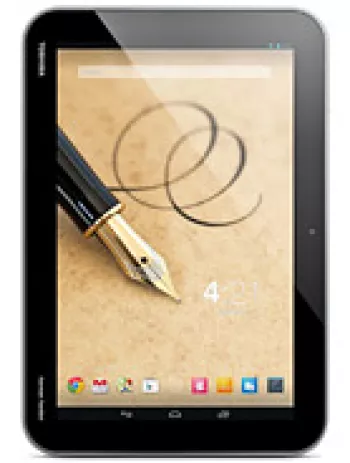
Overview
The Toshiba TS803 is a feature phone that was announced in the third quarter of 2005. It gained attention for its blend of essential mobile functionality and elegant design. Despite being discontinued, the device remains a nostalgic piece for tech enthusiasts who appreciate the evolution of mobile phones over the last few decades.
Design and Build
The TS803 measures 100 x 47 x 26 mm and weighs 134 grams, making it compact enough for easy handling and carrying. It's designed with a classic Mini-SIM slot, typical for phones in that period. The body of the phone is available in two colors: black and silver, catering to users who preferred a sleek and professional appearance.
Display
Featuring a 2.4-inch TFT screen capable of displaying up to 256K colors, the TS803's display was considered advanced for its time. The resolution of 240 x 320 pixels provided a relatively sharp display for icons and text, complemented by a screen-to-body ratio of around 38%. This was adequate for browsing through the phone’s features and playing basic games.
Camera
The phone is equipped with a single 2.26-megapixel rear camera with autofocus capabilities and an LED flash, a noteworthy inclusion for capturing images in various lighting conditions. Video recording is available at a resolution of 320p, which was quite standard for mobiles from that era. While the camera doesn’t support a front camera, the rear setup was a significant feature at the time.
Network and Connectivity
The TS803 supports GSM and UMTS technologies, operating on 2G bands GSM 900, 1800, and 1900, and a 3G band UMTS 2100. The device allowed speeds of up to 384 kbps, providing basic internet capability. Though it doesn't support WLAN or positioning services, it does include Bluetooth and an infrared port for file transfers, and a proprietary USB connector for charging and connecting to other devices.
Battery Life
Powered by a removable Li-Ion 1000 mAh battery, the TS803 offers stand-by time of up to 270 hours and talk time up to 5 hours and 20 minutes. These figures reflect its efficient power management, ideal for users needing a reliable phone for long-duration calls and messaging.
Storage and Memory
Internally, the TS803 comes with 20MB of storage, a limited capacity by today’s standards but adequate for storing contacts, messages, and a few multimedia files. Additionally, it features a card slot for miniSD cards, thus allowing users to expand storage and keep additional data and applications. The phone supports phonebook entries and call records storage for enhanced user experience.
Software and Features
As a feature phone, the Toshiba TS803 runs on a proprietary operating system with basic functionalities. It supports SMS, MMS, and email for communication, alongside a WAP 2.0 browser for basic internet browsing. For entertainment, the phone includes two games with the ability to download more, and it supports Java applications. Additionally, the device offers various alert types, including vibration and downloadable polyphonic ringtones, though it does not include a standard 3.5mm headphone jack.
Conclusion
The Toshiba TS803 is a classic representation of mid-2000s mobile technology, balancing essential functionalities with a sleek design. While the device is now discontinued, its features, including a competent camera for its time, extendable storage, and effective connectivity options, make it a memorable gadget. Although it lacks modern smartphone capabilities, its simplicity and reliable performance were its key strengths during its active years.
Key Features of Toshiba TS803
- Supports GSM/UMTS technology for better network connectivity.
- Compact dimensions of 100 x 47 x 26 mm and light weight of 134 g for portability.
- 2.4-inch TFT display with 256K colors for vibrant visuals.
- Main camera with 2.26 MP, autofocus and LED flash for decent photography.
- Bluetooth and Infrared connectivity options for easy data transfer.
- Removable 1000 mAh Li-Ion battery with up to 5 hours 20 minutes of talk time.
- Expandable memory via miniSD card slot.
- Multiple color options: Black and Silver.
Disadvantages of the Toshiba TS803
- Discontinued model, no longer supported or produced.
- Chunky design with dimensions 100 x 47 x 26 mm and weight 134 g, considered heavy and bulky by modern standards.
- Low internal storage capacity of only 20MB.
- Lack of selfie camera.
- No 3.5mm headphone jack, limiting audio connectivity options.
- No WLAN support, limiting internet connectivity to cellular networks only.
- No built-in GPS for positioning.
- No FM radio functionality.
- Proprietary USB port, which could make finding compatible cables and accessories difficult.
- Relatively small display with a screen-to-body ratio of ~38.0%.
- Limited camera capabilities, with video resolution capped at 320p.
- No advanced sensors for enhanced functionality.


View Also
More Phones
All Rights Reserved +13665 Phones © Mobilawy 2025
























